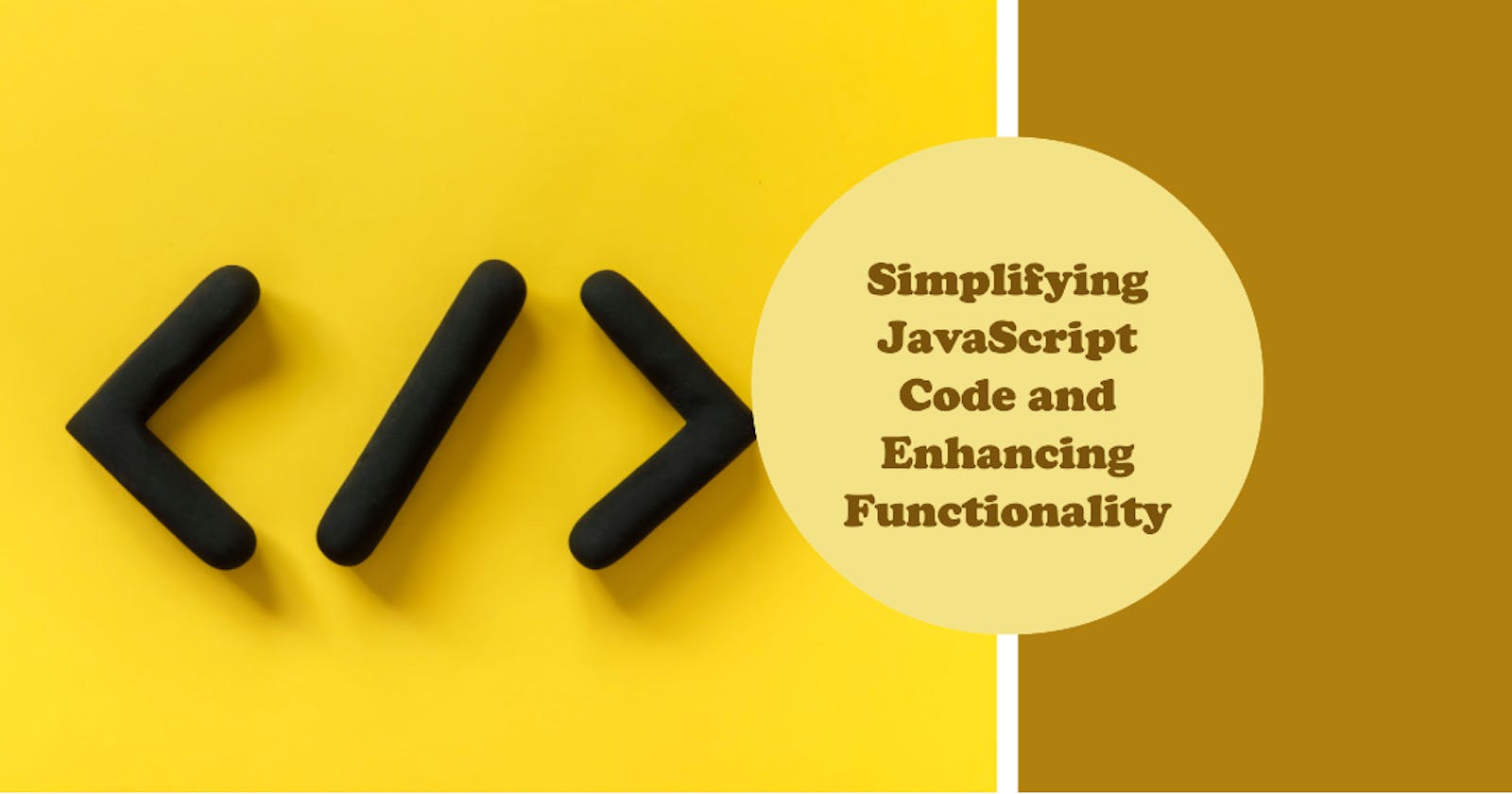The Power of Currying in JavaScript
Simplifying Code and Enhancing Functionality
JavaScript, being a versatile and dynamic programming language, offers developers a wide range of powerful features. One such feature is currying, a technique that allows functions to be partially applied and transformed into new functions. Currying can greatly enhance code reusability, readability, and functional composition. In this blog post, we will explore the concept of currying, understand its benefits, and delve into practical examples that demonstrate its real-world applications in JavaScript.
Understanding Currying:
Currying is a functional programming technique named after the mathematician Haskell Curry. It involves transforming a function that takes multiple arguments into a sequence of functions, each taking a single argument. A curried function takes one argument at a time and returns a new function that takes the next argument until all arguments are satisfied.
Creating Curried Functions:
In JavaScript, curried functions can be created using various approaches. One common technique is to manually curry a function using nested function calls and closures. Let's take a look at an example:
function add(x) {
return function (y) {
return x + y;
}
}
const add5 = add(5); // Currying add function with 5 as the first argument
console.log(add5(3)); // Output: 8
In this example, the add function takes an argument x and returns an inner function that takes another argument y. By calling add(5), we curry the add function and bind x to the value 5. The resulting add5 function can then be invoked with the remaining argument, y, resulting in the sum of the two values.
Example 2: Configurable Sorting Function Currying can also be beneficial when dealing with sorting operations that require custom configurations. Let's take a look at an example:
function sortArray(compareFn) {
return function (array) {
return [...array].sort(compareFn);
};
}
const sortAscending = sortArray((a, b) => a - b);
const sortDescending = sortArray((a, b) => b - a);
const numbers = [5, 2, 8, 1, 9];
const sortedAsc = sortAscending(numbers);
const sortedDesc = sortDescending(numbers);
console.log(sortedAsc); // Output: [1, 2, 5, 8, 9]
console.log(sortedDesc); // Output: [9, 8, 5, 2, 1]
In this example, the sortArray function is curried with the compareFn argument, which determines the sorting order. By creating curried functions sortAscending and sortDescending, we can easily sort arrays in either ascending or descending order by providing the appropriate comparison function.
Benefits of Currying:
Partial Application: Currying allows partial application of arguments, enabling the creation of new functions with some arguments already set. This is particularly useful when dealing with functions that require a large number of arguments, as it allows the reuse of partially applied functions throughout the codebase.
Reusability: Curried functions are highly reusable, as they can generate new functions with different configurations. By currying a function once, we can create several specialized versions of it by partially applying different arguments.
Function Composition: Currying plays a significant role in function composition, where multiple functions are combined to create a new function. Curried functions facilitate composing functions by transforming functions with multiple arguments into functions that can be easily chained together.
Flexibility: Currying provides flexibility in function invocation. We can either invoke the curried function with all arguments at once or pass arguments incrementally, based on our requirements. This flexibility enhances code modularity and simplifies testing.
Practical Applications:
Currying finds its applications in various programming scenarios, including:
Data Transformation and Manipulation Pipelines:
Curried functions can be used to build data transformation pipelines where each function operates on the data and returns a new function that can be further composed.
Event Handling and Callback Functions:
Currying enables the creation of specialized event handlers or callback functions with predefined configurations, making event-driven programming more efficient.
Function Parameter Configuration and Customization:
By currying functions, we can create reusable function templates that can be easily customized with different configurations or initial values.
Implementing Higher-Order Functions:
Currying is instrumental in implementing higher-order functions like
map,filter, andreduce, which operate on collections or arrays.Creating Utility Functions:
Currying can be used to create utility functions for common operations such as math calculations, string manipulation, or formatting.
Conclusion:
Currying is a powerful technique in functional programming that greatly enhances the flexibility, reusability, and readability of JavaScript code. By transforming functions into a series of partial applications, currying allows for the creation of new functions tailored to specific use cases. It enables code modularity, facilitates function composition, and leads to elegant and concise solutions. By understanding and leveraging the concept of currying, JavaScript developers can unlock new possibilities and elevate their programming skills to new heights. So, embrace the power of currying and explore its potential in your JavaScript projects.
